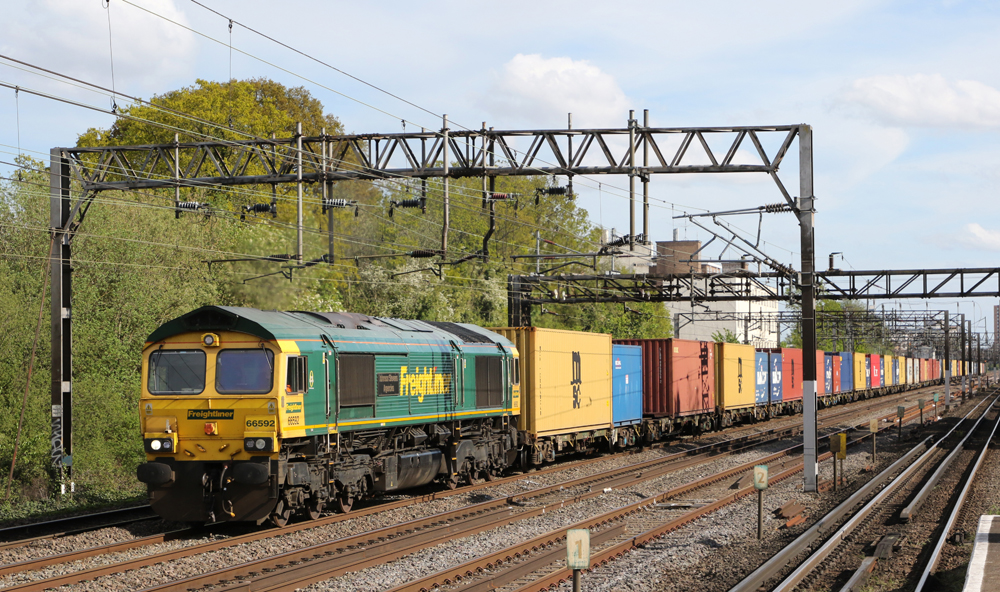
Rail labor groups today released a report calling for public ownership of Class I freight railroads in the U.S., arguing that the current system is broken because it’s beholden to Wall Street.
The 98-page report contends that the Class I railroads’ relentless focus on cost-cutting has hurt safety, service, employees, infrastructure investment, and passenger service.
“Why has this happened? Simply put: instead of investing in their workers, in safe infrastructure, and in quality services, the Class Is prefer to cut costs to the bone in pursuit of short-term profits to lavish on their shareholders in the form of stock buybacks and dividend payments,” wrote the report’s author, Brown University undergraduate and Stone Fellow Maddock Thomas. “Railroad executives hold the operating ratio — derived from expenses as a percent of revenue — to be supreme. As a result, railroads will refuse even profitable traffic if it means their ratio of expenses to revenue might rise by 0.5%. This short-term profit-focused management system is no way to steward our nation’s critical rail infrastructure.”
A publicly owned system, Thomas argues, would fund infrastructure improvements and electrification, improve and expand service, involve workers in decision-making, create jobs and maintain adequate staffing levels, and shift freight to rail.
As precedent, the report leans on the nationalization of railroads during World War I, when the U.S. Railroad Administration oversaw the industry from 1917 through 1920 and helped relieve bottlenecks that constrained the movement of freight to East Coast ports. After the war ended, rail labor lobbied unsuccessfully to keep railroads in the USRA’s hands.
The paper also notes how Conrail was able to rescue freight railroading in the Northeast after the bankruptcy of seven railroads, including Penn Central.
The report – Putting America Back on Track: The Case for a 21st Century Public Rail System – examines alternative ownership models found in Europe, including open access, franchising, and fully integrated public operation.
“This paper is intended to rekindle a national conversation about our rail network. It is time for railroad workers, communities, shippers, climate activists, and rail passengers to support the Public Rail Now campaign for a publicly owned rail system – a rail system that works for all of us,” Thomas wrote.
The report was funded by Railroad Workers United, through the Railroad Workers Education & Legal Defense Foundation, as well as the John L Hammond Fund.






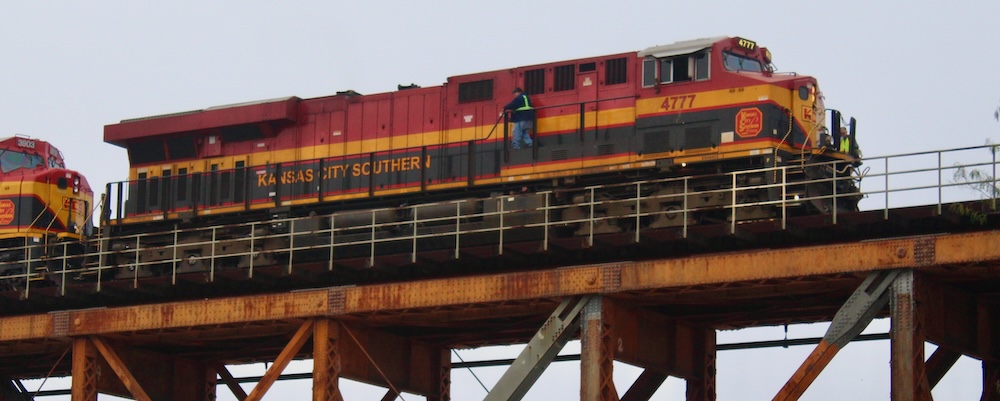
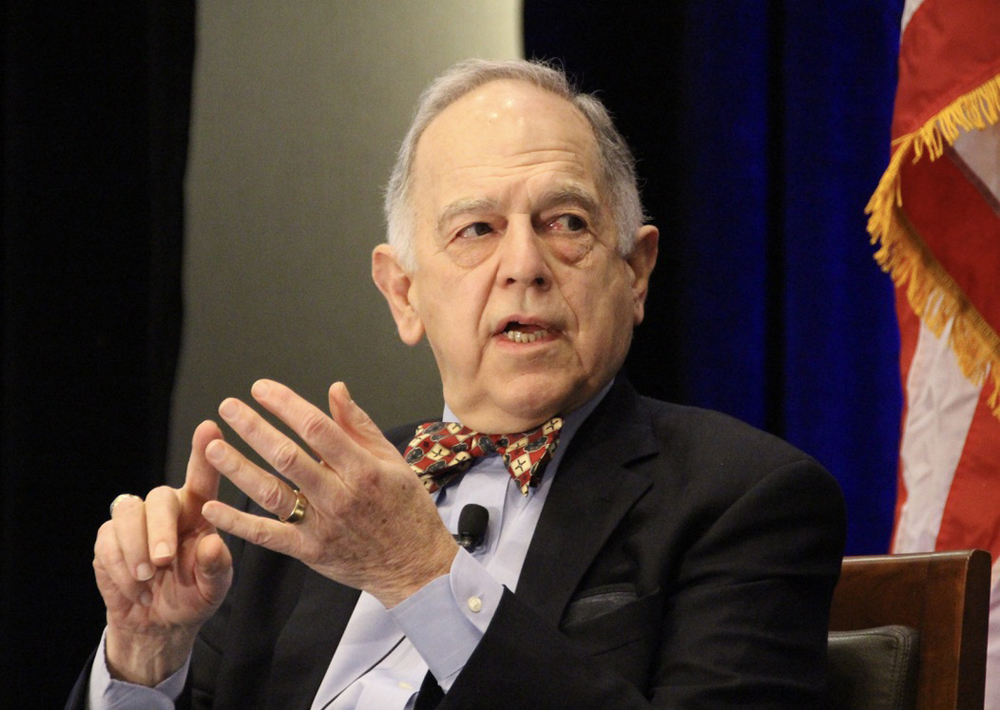
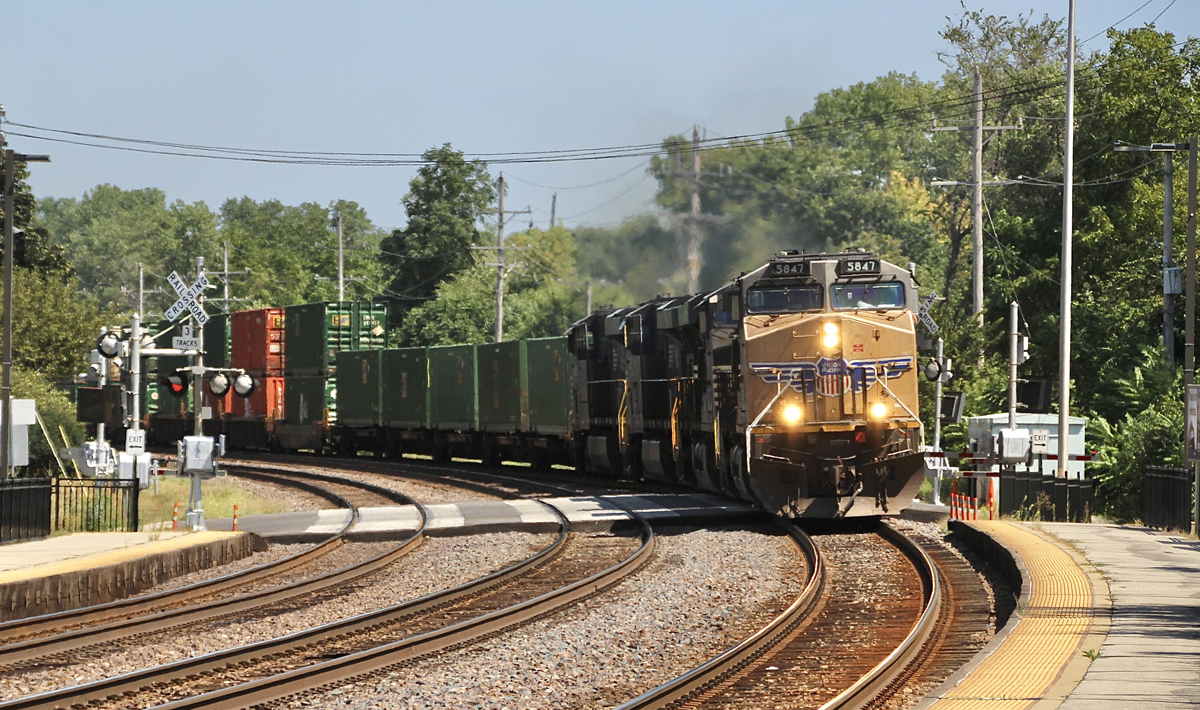
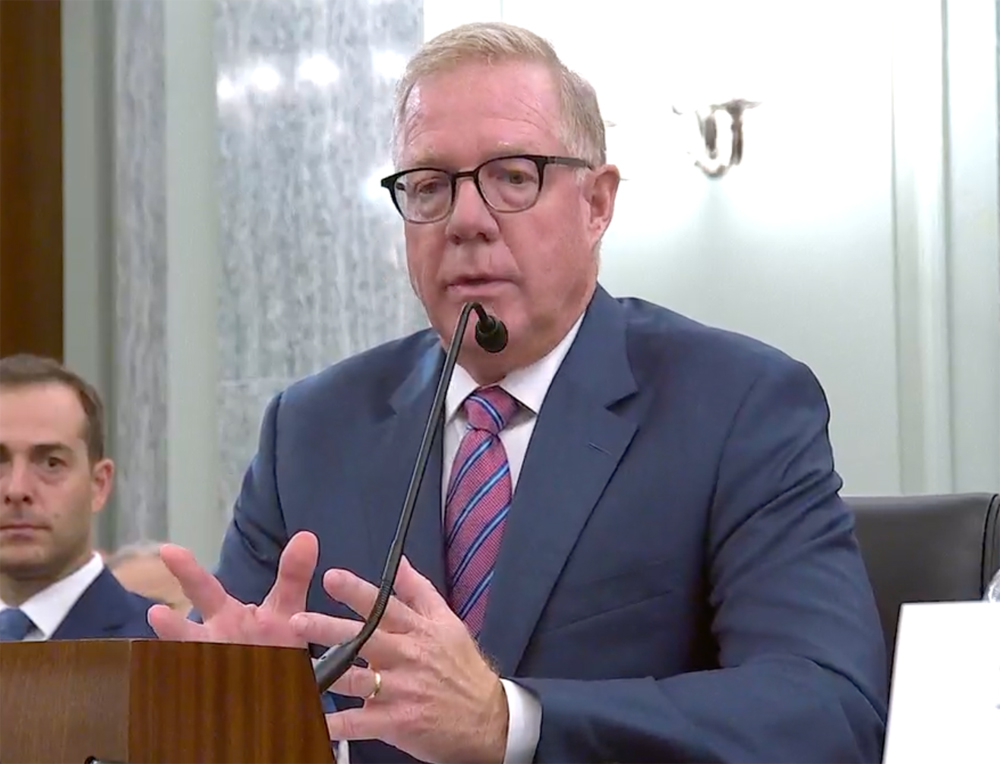




Another communist guard unit eh?
Stupidity like this just gets old.
Imagine Buttigieg running the country’s freight network.
Yes, that would be so absurd, it would be (almost) comical ……
Maybe “Amtrak Joe” could be put in charge of the freight rail network with the democrat party ‘establishment’ and the ‘Liberal Elites’ force him out of running for a second term? (Insert laughter here ….)
Conrail & Amtrak were only appetizers for the Govt to rebuild & restore but their situations were the result of the Govt’s meddling by building the Interstates which resulted in siphoning of freight traffic to their new Interstates with cheap trucking competition. Passengers rail service was equally impacted when the Post Office removed the mail & moved it to the Govt’s Hwy & aviation partners. When Wall Street finally dumps the RR’s hollowed out corpse at the Govt’s feet they will have no choice but to decide thumbs up or down on preserving it. Forming Conrail & Amtrak was not popular in Congress or the WH at those times & with the dysfunctional Congress we have now & the possible return of chaos in the WH in 2025 picking up the pieces again would be highly unlikely. Those who are opposed to Govt taking control of the RR’s seem to have no problem driving on their Hwys, flying with the Govt air traffic controllers & entrusting the TSA with their safety. Perhaps these would all function more efficiently & cheaply if they were privatized!
Yes, “Privatizing” the U.S. Air Traffic Control network should absolutely be considered ! It’s been done in Canada and the Radar / air traffic control technology currently employed by the U.S network is woeful ageing and inadequate and cries out for replacement. Yet, for some reason, the FAA cannot get it done. Lots of politics and issues with congress to be sure here, but privatization, at least for the air traffic control network, is something that absolutely should be considered.
As for the Interstate highway network, that is a more complex, and nuanced question. Likely the topic for numerous current/future dissertations. Also, see Bob Poole’s work on this, esp. his book “Rethinking America’s Highways – A 21st Century Vision for Better Infrastructure.” An interesting analysis of America’s currently ‘State-run” highway network and better options to consider, perhaps …..
The FAA cannot get it done because it is run by too many political appointees who are changed on a much too regular basis. The only reliable air organization in government is the NTSB which is carrying the load on proposing regulation anyway, as it has to investigate many of the aviation problems caused by the FAA’s lack of real oversight of the industry, There are reams of documents that point to the fact that had the FAA acted responsibly, many of the problems affecting air travel today could have been minimized or avoided altogether.
Electrifying an entire railroad network in North America is still impossible and diesel locomotives running on biofuels and natural gas can help the environment too in addition to battery and hydrogen
Government is not the solution to problems. Government is the problem. And how easy is it fire a government employee? As final note, the term paper’s author does seem to know about Brightline nor that it is privately funded.
Chimerical term paper written by a naive college student. Businesses are about making money for the workers and the owners – shareholders. If the shareholders aren’t compensated for their investments, they will take their money elsewhere and the business will die.
There’s a much simpler and less costly method of solving this issue. One, set a minimum OR of 65…i.e., no railroad can have an Operating Ratio of less than 65. Two, eliminate the quarterly financial reports(for all industries), change it to annual or bi-annual. Even better change it to every 5 years(that’s an extreme and could hide failings), that would take Wall Street out of the equation for all industries in the U.S. as they would be forced to look at LONG TERM income and growth and no longer rely on short term.
You mean the way it sued to be before Enron?
Bruce, I agree with you. Much ado about nothing. Slow news week that a term paper engenders such blethering.
No one has yet pointed out that this paper was written by an undergrad student. Even if it does have good ideas it seems to be a lot of attention being paid to what is essentially a term paper.
Battle of the titans. Wall street willingly giving up ownership of the rails that cost billions to maintain & pays out billions more in taxes versus the state & local governments losing out in billions of revenues…Probably the biggest losers or maybe biggest gainers would be shortlines, industrial leads??
..
The other outcome, the idea would might truly see coast to coast service as BNSF, UP, Norfolk, CSX could send a unit train cross country or say a manifast on govt owned rails. Think UPS trucks or say United Airlines.
..
The idea is interesting to speculate on.
Sorry, but when you think of “public ownership”, immediately think of the Department of Defense. The same type of management, over-stressing of the bureaucracy compared to the actual operations, and then there is the political side of this. We all know that a “publicly” owned railroad will, by its nature, tend to favor certain “connected” shippers as compared to other shippers on the line.
And think of this: a “publicly owned” railroad can – and will – refuse to serve customers who ship products which the authorities in power at the time do not want to be shipped. Think the coal and oil industries. If the government does not want those products used, then why could they not simply ban those products from being shipped on “their” railroad?
From a pay for management standpoint – what is to prevent the government from paying the person charged with whatever department is created to do this whatever exorbitant amount of money (taxpayer funds, mind you) they deem is “fair”?
Finally, the term “publicly owned” is a falsehood on a grand scale. These railroads would be GOVERNMENT owned, GOVERNMENT run and subservient to the whims of GOVERNMENT. And with government owning ALL the railroads, there would be no competitors.
Sorry, but this is a HORRIBLE idea if there ever was one.
The DOD is not public ownership. Look no further than the cost plus contracts for the F35, Ford Class aircraft carriers, ad infinitum. The DOD is largely a contract administrator and is staffed with revolving door, self-dealing flag officers. The DOD ostensibly puts projects out to competitive bids. Such competition only brings corruption and grifting.
I feel that private ownership works a lot better than public ownership depending on the industry. The railroads in general are very well maintained. The majority of the track is in excellent condition. For certain industries such as electric and gas utilities as well as commuter transit systems public ownership does seem to work better. Public ownership sometimes gets wrapped up in local politics. Private ownership always has the incentive to be as efficient as possible because it affects the bottom line. Wall Street is major thorn in the side of not only railroads but other businesses as well.
Nowhere do I see the fact that it would cost somewhere on the order of hundreds of billions of dollars, to acquire the physical plant, if not a trillion dollars. For a nation approaching 35 trillion dollars in debt, where is this money supposed to come from? How will you fund the maintenance?
The interstate and state highways are government owned and operated, as are virtually all airports and ATC and the waterways. While not perfect, they generally work very well. They do not pay property taxes and operate for public benefit.
Federally owned TVA, Bonneville and many state and municipal electric utilities are publicly owned and there are many member cooperatives. Virtually none of the customers are clamoring for private ownership. Indeed, rates for public power are 1/3 lower.
Investments in expanded capacity or freight electrification will NEVER be made by private ownership because that payback is measured in years, not months. The over-compensated executives and their Wall Street masters cannot conceive of investment horizons of years or decades.
Public ownership is a necessity.
The Federal Highway Trust Fund went insolvent 15+ years ago placing shortfalls into the general treasury. And as already mentioned there is no money available to compensate the property owners for their railroads. Attempting to take away billions in local property taxes is a nonstarter. The system is broken without a doubt but not so much so as to warrant nationalization.
To that end the STB needs a multi step plan to reinstitute the standards of the ICC. The railroads are a national utility to operate for the benefit of the public AND their owners. If they cannot do both then those who would loot them need to be “disincentivized.”
Not even mentioned in this is the billions of dollars the railroads pay annually in property taxes to the regions they traverse. Try taking that away. That should be fun to watch.
Why not have the government entity that built the Gaza pier run the railroads?
LOL ! (and Indeed).
Understand this report does raise some legitimate concerns regarding the Class I’s railroad focuses towards Wall Street (short-term) focus.
HOWEVER, the report references the “Nationalization” of the railroads during World War I when the USRA was established to run the railroads during the war. While the USRA did have some positive (?) impacts in terms of developing mechanical standards for steam locomotives (and thus improving their performance & operations), much of this USRA’s oversight and policies overseeing the railroads didn’t work out as planned (or well). The USRA ended up collapsing the Colorado Midland RR at the end of the war (1918) because it was grossly overloaded with traffic that it wasn’t equipped to handle during the war. The railroads were also left with a lot of worn out equipment (locomotives and freight cars) after the USRA oversight ended in 1920.
Not a good example from history to draw from in advancing this argument for “public” ownership of the railroads (?).
As for “Conrail”, no doubt many readers are familiar with the history of Conrail, esp. in its early years (1976-1980), when it was still losing hundreds of millions, and in some cases, billions of dollars, annually. It took Reagan Administration pressure as well as additional congressional legislation in 1982/1983 to relieve Conrail of various ongoing burdens, esp. the commuter-rail operations in the northeast, before Conrail could finally become “profitable.” It was subsequently “privatized” through a public-stock offering in 1987 (and then was later subject of a “bidding war” between CSX and NS and subsequently spilt-up between them).
Although Amtrak isn’t necessarily a “publicly owned” railroad in the strictest institutional definition, it is “publicly” funded and has a Board of Directors consisting of 435 individuals (congress). It is not a good example to point to as a “success” for ‘public ownership’ of railroads.
As for the various European railroad examples of mixed “public” and “private” ownership and operations, there is enough complexity and nuanced policy questions involved there such that it would take volumes to unpack all of this. The institutional (and political) structure of European railroads over the last 75-100 years, has generally been publicly owned and is so vastly different that than of the United States, esp. with regards to the provision of passenger rail-services, that I don’t see how it could ever be imported/made to work here.
Also, for all of the (supposed) failings of the current U.S. Class I freight railroads (and their “Wall Street” focus), the European freight rail operations have substantially smaller shares of the overall freight market (between 10-20% …?), and thus their freight rail operations are much less efficient and effective than those of the U.S. Class I rail carriers.